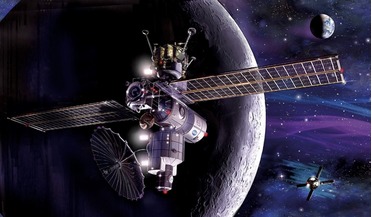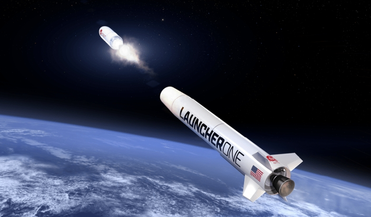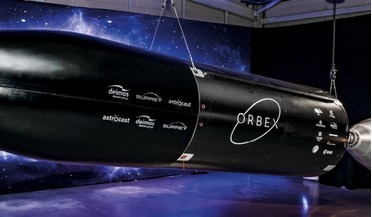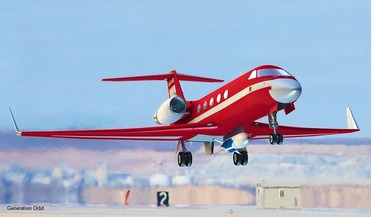 September 2020
Commercial opportunities beyond Earth orbit
September 2020
Commercial opportunities beyond Earth orbit
... exploration of artificial intelligence, expanding an increasingly lucrative market. Reusability of commercial launch vehicles was once derided, yet now multiple launch companies have either embraced it wholeheartedly or are in the process of doing...
 November 2017
Reusable air-launch and the space access paradigm
November 2017
Reusable air-launch and the space access paradigm
... and future markets. The most lucrative sector of today’s commercial launch market is communications satellites (comsats) that operate in geosynchronous orbit (GEO) but are initially launched into geosynchronous transfer orbit (GTO) by ELVs that are...
 April 2018
Transforming the launch market for small spacecraft
April 2018
Transforming the launch market for small spacecraft
..., because university project budgets are tight and often require state support. In such a situation, hiring commercial launch services is not an option. Due to technical constraints and limitations on economies of scale, the development and operation...
 April 2019
Building the UK’s first spaceport
April 2019
Building the UK’s first spaceport
... is to become one of the best places in the world to do space business, so the goal is to establish a spaceport plus commercial launch and spaceflight services in a timeframe which gives the UK a competitive advantage. About the authors Daniel Innes...
 17 May 2021
Chinese sector continues world-leading post-covid rebound
17 May 2021
Chinese sector continues world-leading post-covid rebound
...a country that is now home to more than 15 commercial launch companies, accounting for around half of funding received in ...from the Euroconsult shop. A special article ‘China’s rising commercial space sector’ by Blaine Curcio will be published in the ...
 March 2015
Small is the new big: why micro-satellites require new laws
March 2015
Small is the new big: why micro-satellites require new laws
... the launchers market. Who hasn’t heard the recent attempt from SpaceX (Space Exploration Technologies Corporation), a commercial launch provider created by Paypal’s founder Elon Musk, to land their heavy Falcon 9 first stage on a custom-build ocean...